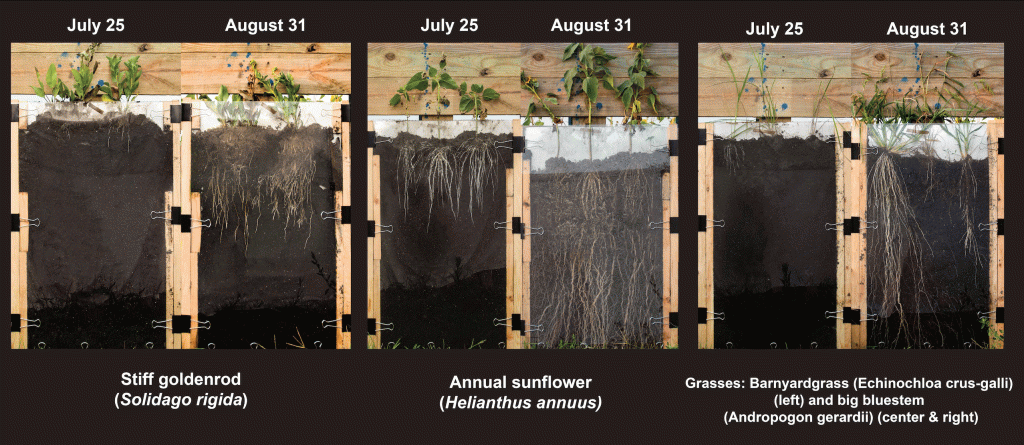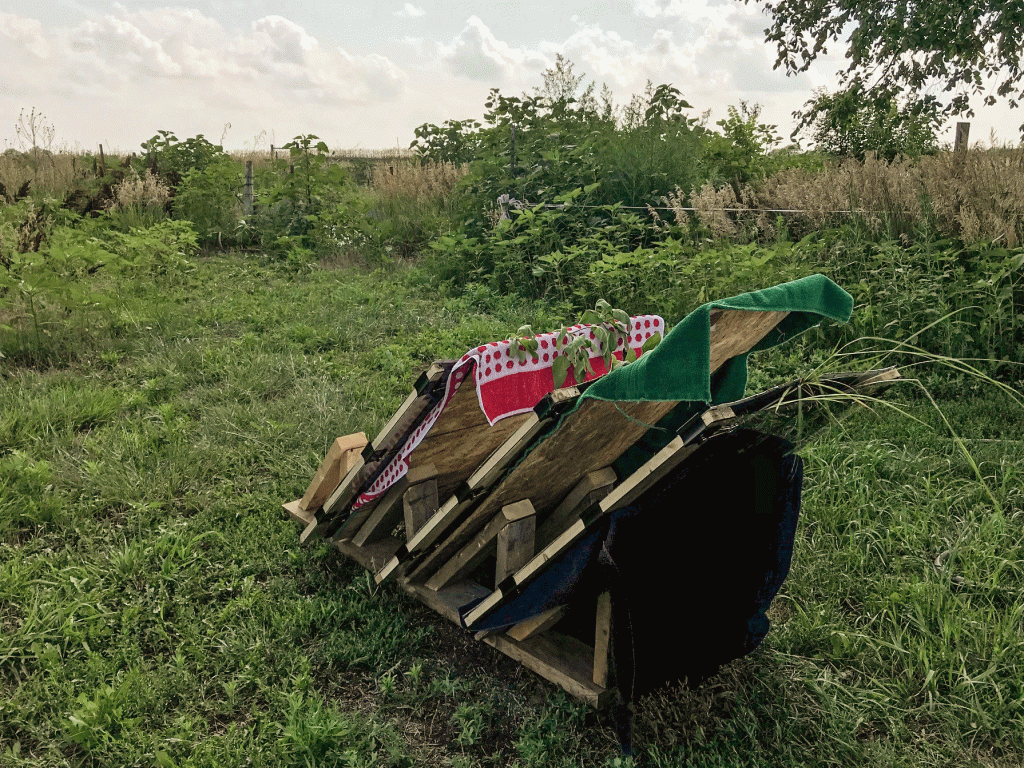Wildflowers are back! Sure, there have been a few flowers here and there, but during the last week or so, color is really starting to ramp up in my local prairies. Finding those flowers is still a little like an Easter egg hunt, but the challenge rating of the game is decreasing significantly. I made the rounds of my three favorite local sites this week: my family prairie, Prairie Plains Resource Institute’s Gjerloff Prairie, and The Nature Conservancy’s Platte River Prairies (not in that order). Here is a big batch of wildflower photos from those three sites.
We’ll start with three photos of ground plum (Astragalus crassicarpus) at our family prairie. There are a couple big patches of this plant, as well as lots of scattered individuals, and they were all in full bloom last Saturday. The wind was howling, but by being patient (and taking even more shots than I normally do) I was able to get some sharp ones.
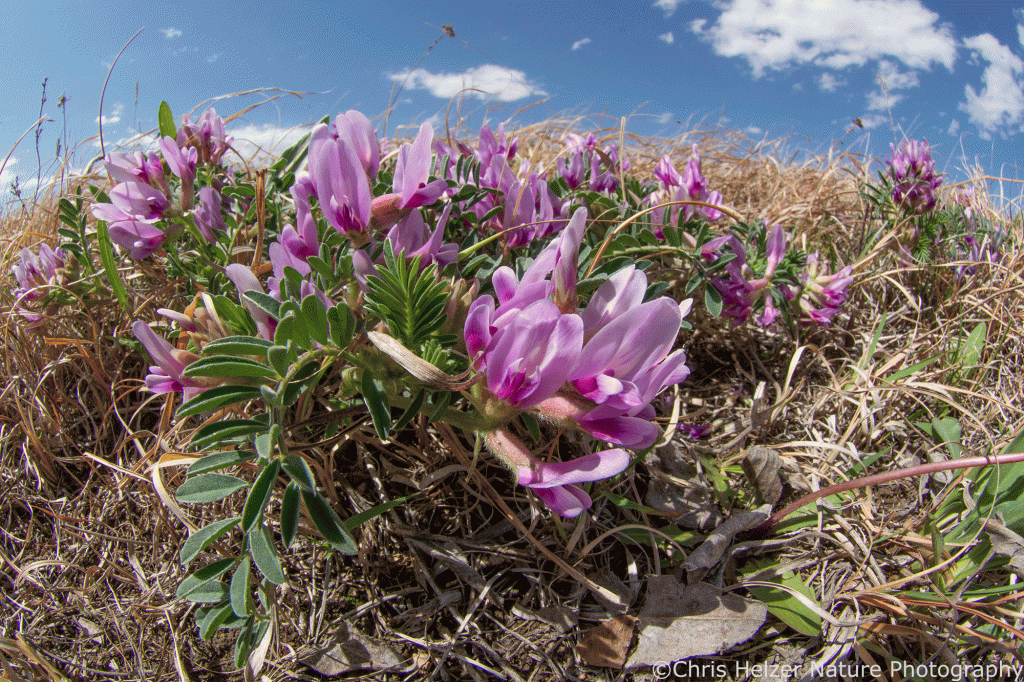


Tuesday morning, I was at the Platte River Prairies to set up a research project, but I arrived extra early to catch the sunrise. I was planning to find some puccoon, pussytoes, and/or violets to photograph, but wild plum called to me as soon as I arrived, with both abundant blossoms and a strong beautiful scent. The warm early morning light worked really well with the flowers and the breeze hadn’t picked up too much yet, so I got lots of nice photos. These are just a few. I tossed in a sedge photo too, just for something different.
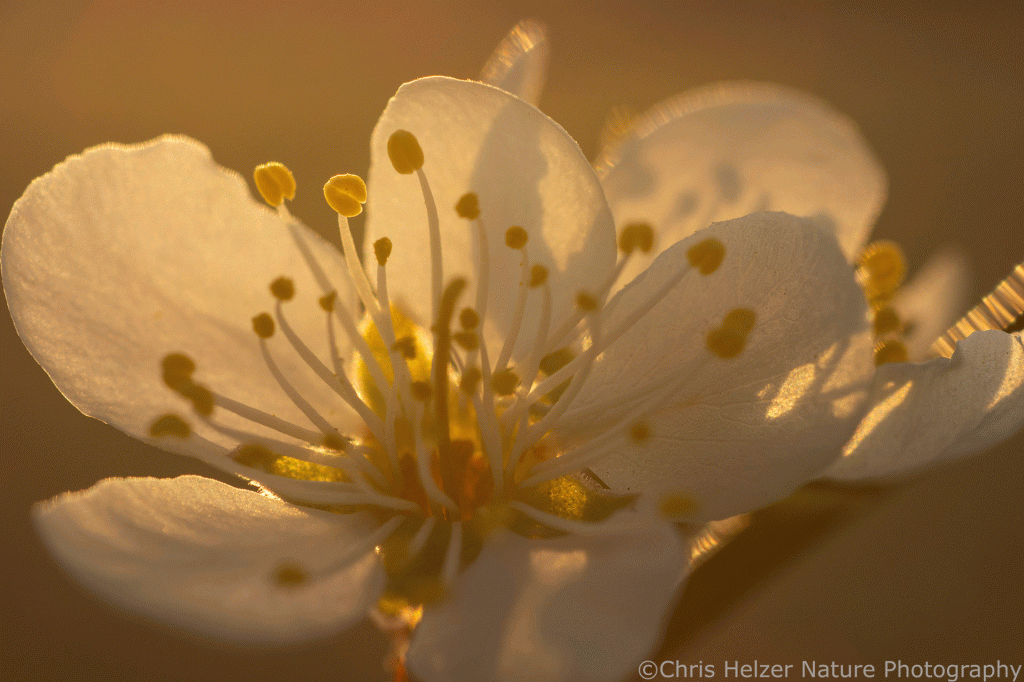
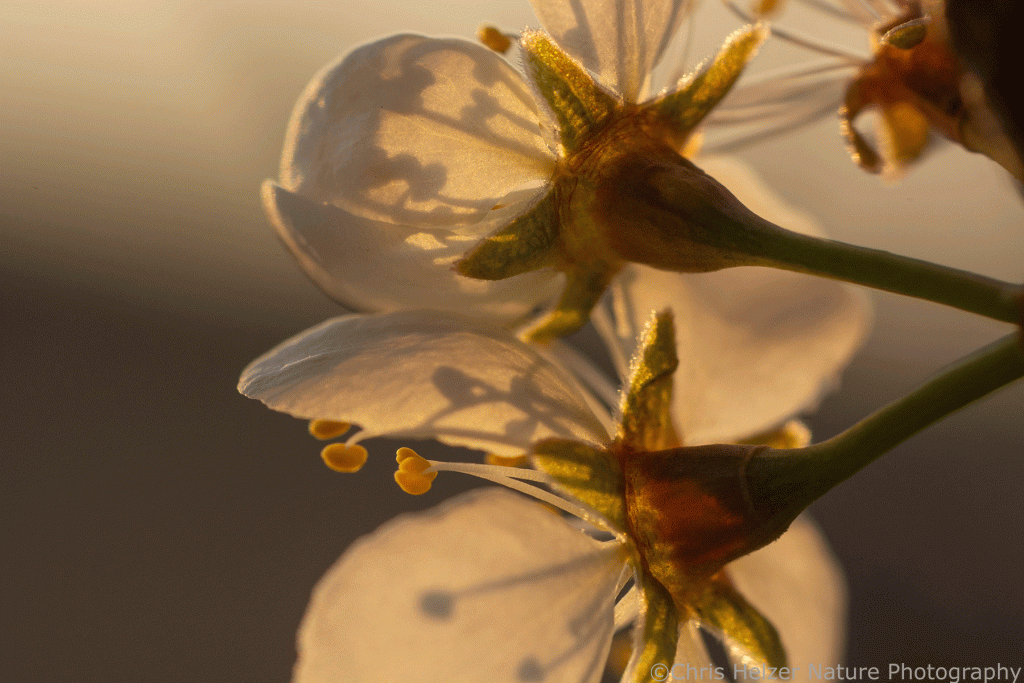


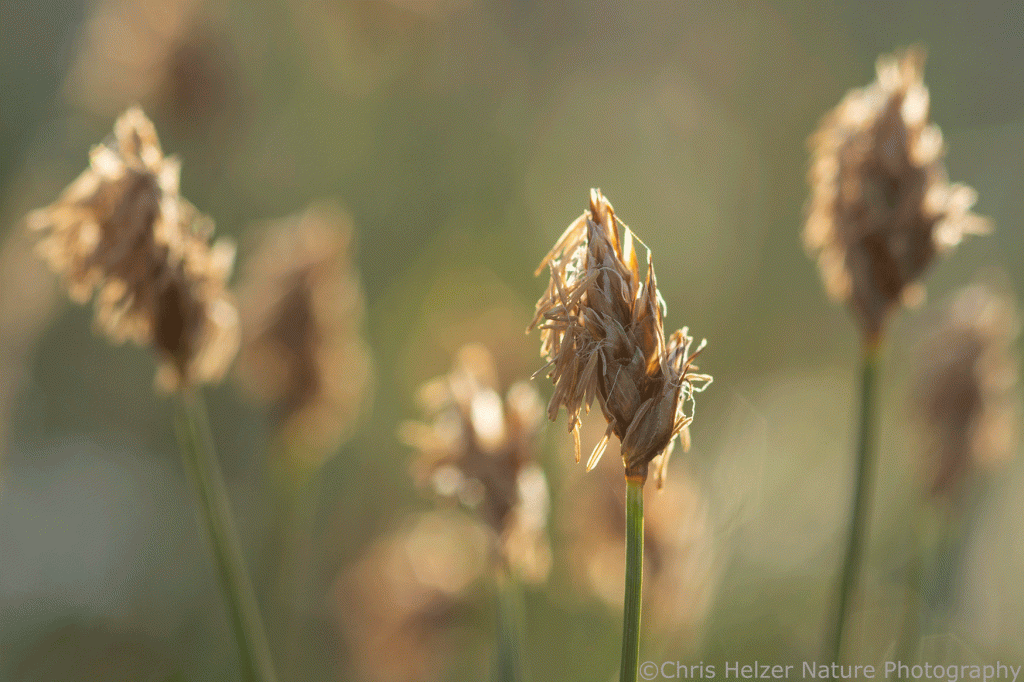
Finally, Wednesday was breezy, but not windy, and there was a very light veil of clouds across the sun. I was taking a vacation day to work on projects around the house, but took a break from my vacation day to drive north to the loess hills of Gjerloff Prairie by Marquette, NE. It was well worth the trip – as always. The remainder of these photos are from Gjerloff Prairie.
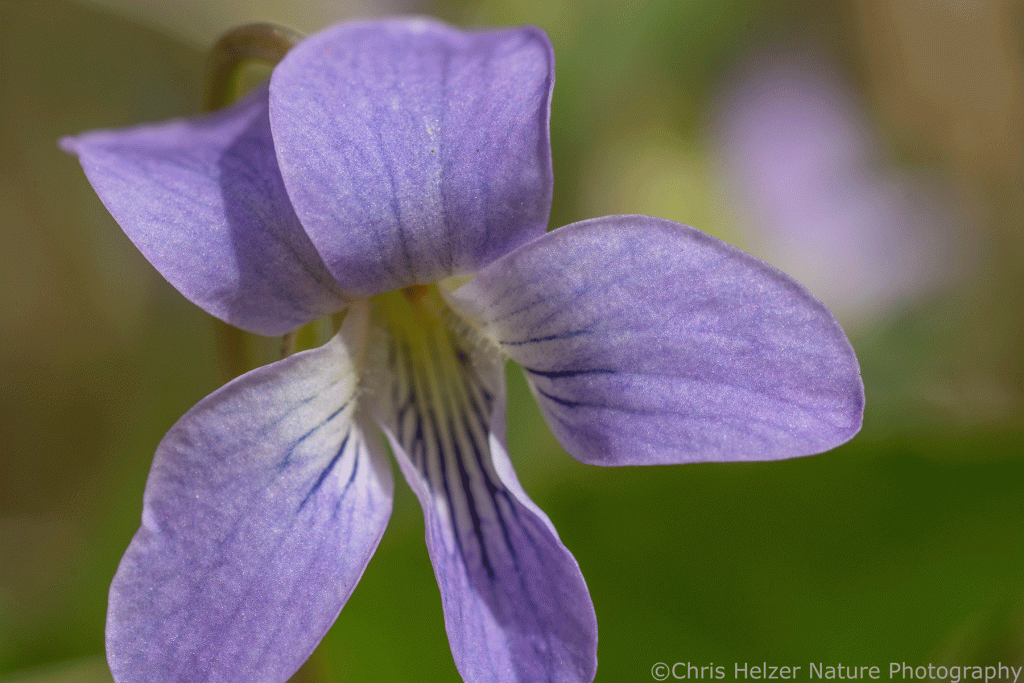


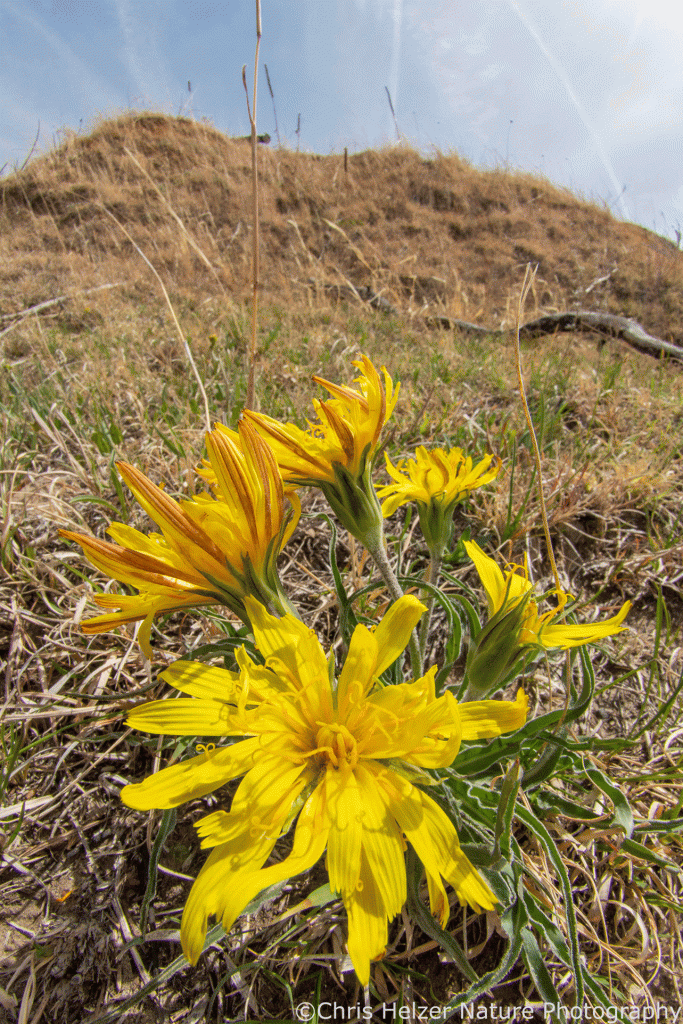
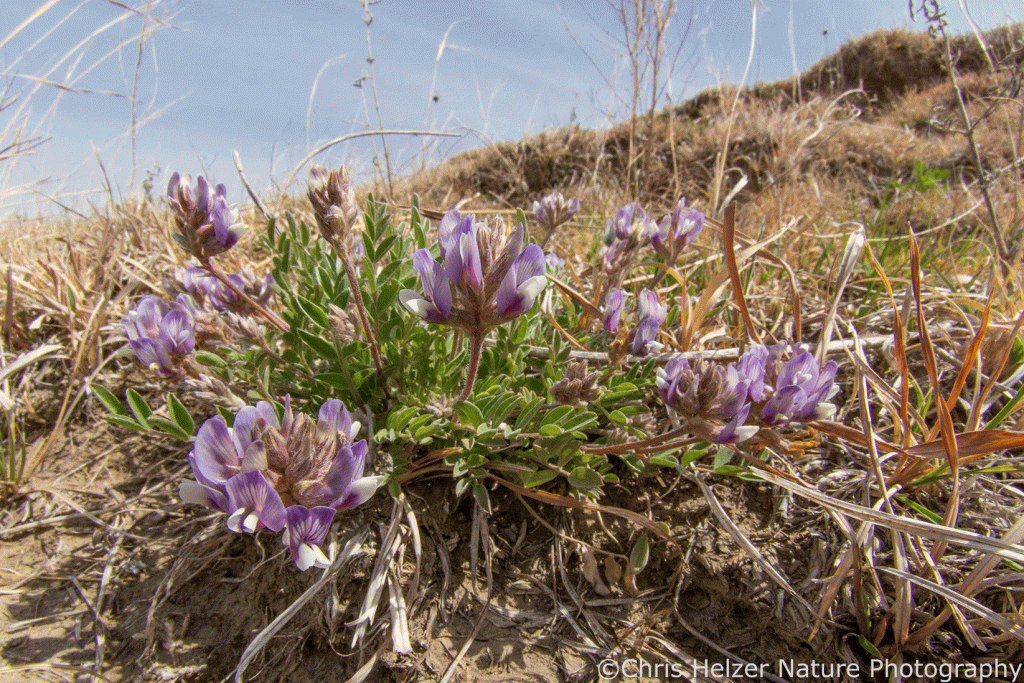



Apart from the plum and ground plum flower photos, all the others here were taken in sites that were grazed hard last year and entering a year of recovery. I’m not seeing much flowering in ungrazed areas so far, and this spring’s drought and wind have prevented any burning. The reduced light and cooler soils beneath the thatch and standing dead vegetation is pretty hard on many spring wildflowers. While these particular ground plum photos were from an ungrazed part of our family prairie, they were blooming in dry, low productivity soils that keep grass growth to a minimum.
Carolina anemone, in particular, seems tied to prairie patches that were either summer burned or grazed the previous year. I say that, but there’s got to be more to it because I’m really bad at predicting where I’ll find them. It’s always someplace with short grass, but it seems like I find new populations each year and rarely find flowers where I’ve seen them in previous years, even following management that I expect to encourage them to bloom. These are perennials, so you’d think they’d be more predictable. Well, maybe you wouldn’t, but I would. I see the same unpredictability at all three of the prairies I visited this week, as well as in my yard, where I’ve got a few plants I can keep a close eye on.
I did manage a few insect photos this week too, but stuck to a mainly wildflower theme for this post. I was really happy to see as many bees as I did, though, along with flies and a few moths and butterflies too. After weeks of blistering winds, I was starting to worry that flying insects would be grounded and end up starving to death. That’d obviously be bad for both pollinators and flowers. I’m still curious to see what seed production looks like from these first spring flowers, but seeing lots of sweat bees, hover flies, and others (including a couple queen bumble bees) this week made me more optimistic than I’d been.
I hope you’re seeing flowers wherever you are too. Have a great weekend.

